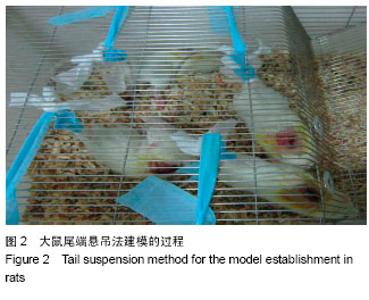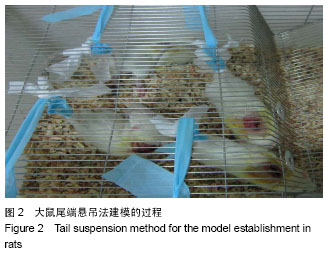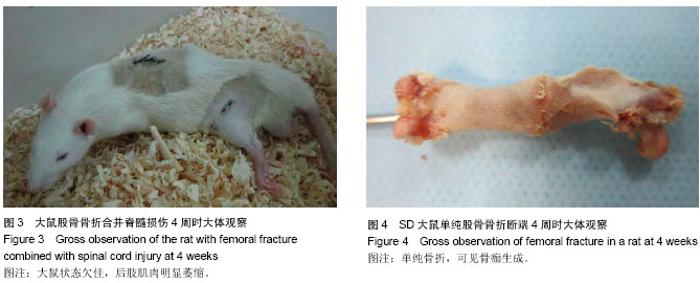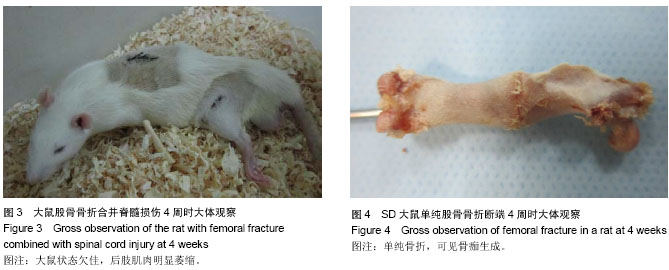| [1] |
Jie Ke, Deng Peng, Zeng Yirong.
Application and comparison of four commonly used methods for patellar height measurement
[J]. Chinese Journal of Tissue Engineering Research, 2021, 25(24): 3875-3881.
|
| [2] |
Lin Tianye, Yang Peng, Xiong Binglang, He Xiaoming, Yan Xinhao, Zhang Jin, He Wei, Wei Qiushi .
Comparison of preoperative three-dimensional reconstruction simulation and intraoperative drawing of femoral osteotomy to measure rotation angle in vitro
[J]. Chinese Journal of Tissue Engineering Research, 2021, 25(21): 3349-3353.
|
| [3] |
Huang Zeling, Shi Shanni, He Junjun, Gao Hongjian, Ge Haiya, Hong Zhenqiang.
Meta-analysis of safety and effectiveness of proximal fibular osteotomy and high tibial osteotomy in the treatment of knee osteoarthritis
[J]. Chinese Journal of Tissue Engineering Research, 2021, 25(18): 2945-2952.
|
| [4] |
Liu Yongyu, Xu Jingli, Lin Tianye, Wu Feng, Shen Chulong, Xiong Binglang, Zou Qizhao, Lai Qizhong, Zhang Qingwen .
Medium-and long-term follow-up of Salter pelvic osteotomy and implant fixation for children with developmental hip dislocation
[J]. Chinese Journal of Tissue Engineering Research, 2021, 25(15): 2380-2384.
|
| [5] |
Ma Zhen, Liang Da, Wu Xiaolin, Zhong Wei .
Safety evaluation of tranexamic acid in reducing perioperative blood loss in high tibial osteotomy
[J]. Chinese Journal of Tissue Engineering Research, 2021, 25(12): 1847-1852.
|
| [6] |
Wang Debin, Bi Zhenggang.
Optimization application for internal fixation strategy and three-dimensional printing technique of posterolateral tibial plateau fracture
[J]. Chinese Journal of Tissue Engineering Research, 2021, 25(12): 1904-1910.
|
| [7] |
Wang Wencheng, Zhang Xingfei, Xu Yajun.
Application of digital technology in the treatment of hallux valgus
[J]. Chinese Journal of Tissue Engineering Research, 2021, 25(12): 1911-1916.
|
| [8] |
Li Guijun, Huang Kai, An Jinyu, Zhang Lei, Gao Libo, Gao Lei, Wu Yixiong, Lu Jiajun.
New application of Endobutton suspension plate in hallux
valgus deformity
[J]. Chinese Journal of Tissue Engineering Research, 2020, 24(9): 1365-1370.
|
| [9] |
Xie Fei, Li Yanle, Lin Xinxiao, Hu Haiwei, Sang Zhicheng, Sun Yongsheng, Jiang Kewei, Cheng Ying, Wen Guannan, Wen Jianmin, Sun Weidong.
Mechanism underlying mechanical stress regulating fibroblasts-derived
exosomes at the osteotomized end following hallux valgus correction
[J]. Chinese Journal of Tissue Engineering Research, 2020, 24(7): 1089-1093.
|
| [10] |
Wu Ronghai, Zhou Junde, Chen Peiyou, Yuan Liyi, Huang Junlin, Liang Zeqian, Wang Huimin.
Meta-analysis of 3D printing-assisted posterior osteotomy for spinal deformity
[J]. Chinese Journal of Tissue Engineering Research, 2020, 24(36): 5880-5885.
|
| [11] |
Zhang Zhaoming, Lin Tianye, Chen Leilei, Yang Peng, Xu Jingli, Chen Zhenqiu, He Wei, Zhang Qingwen.
Total knee arthroplasty in the treatment of knee valgus deformity
[J]. Chinese Journal of Tissue Engineering Research, 2020, 24(33): 5277-5282.
|
| [12] |
Bai Hao, Sun Haibiao, Han Xiaoqiang, Xue Jiangang.
A meta-analysis of high tibial osteotomy and monocondylar replacement for treating medial interventricular osteoarthritis of the knee
[J]. Chinese Journal of Tissue Engineering Research, 2020, 24(30): 4905-4913.
|
| [13] |
Qu Xiaolong, Chen Tianyi, Zheng Bo, Cao Zongrui, Jiang Tao.
Pathogenesis and clinical treatment progress of Kienbock’s disease
[J]. Chinese Journal of Tissue Engineering Research, 2020, 24(3): 401-407.
|
| [14] |
Zhang Yan, Shen Zhen, Li Zige, Huang Minling, Feng Junming, Xie Lei, Gao Yijia, Zeng Zhanpeng, Jiang Ziwei.
Establishing a rat model of atrophic nonunion by using circular external fixator combined with periosteum cauterization
[J]. Chinese Journal of Tissue Engineering Research, 2020, 24(29): 4650-4655.
|
| [15] |
Duan Yanji, Chen Xiao, Zhou Yongqiang, Huang Kai, Shen Donglan, Ma Yuan.
Finite element analysis of double-segment and single-segment vertebral column decancellation and vertebral column resection osteotomy for ankylotic kyphosis
[J]. Chinese Journal of Tissue Engineering Research, 2020, 24(27): 4285-4290.
|





